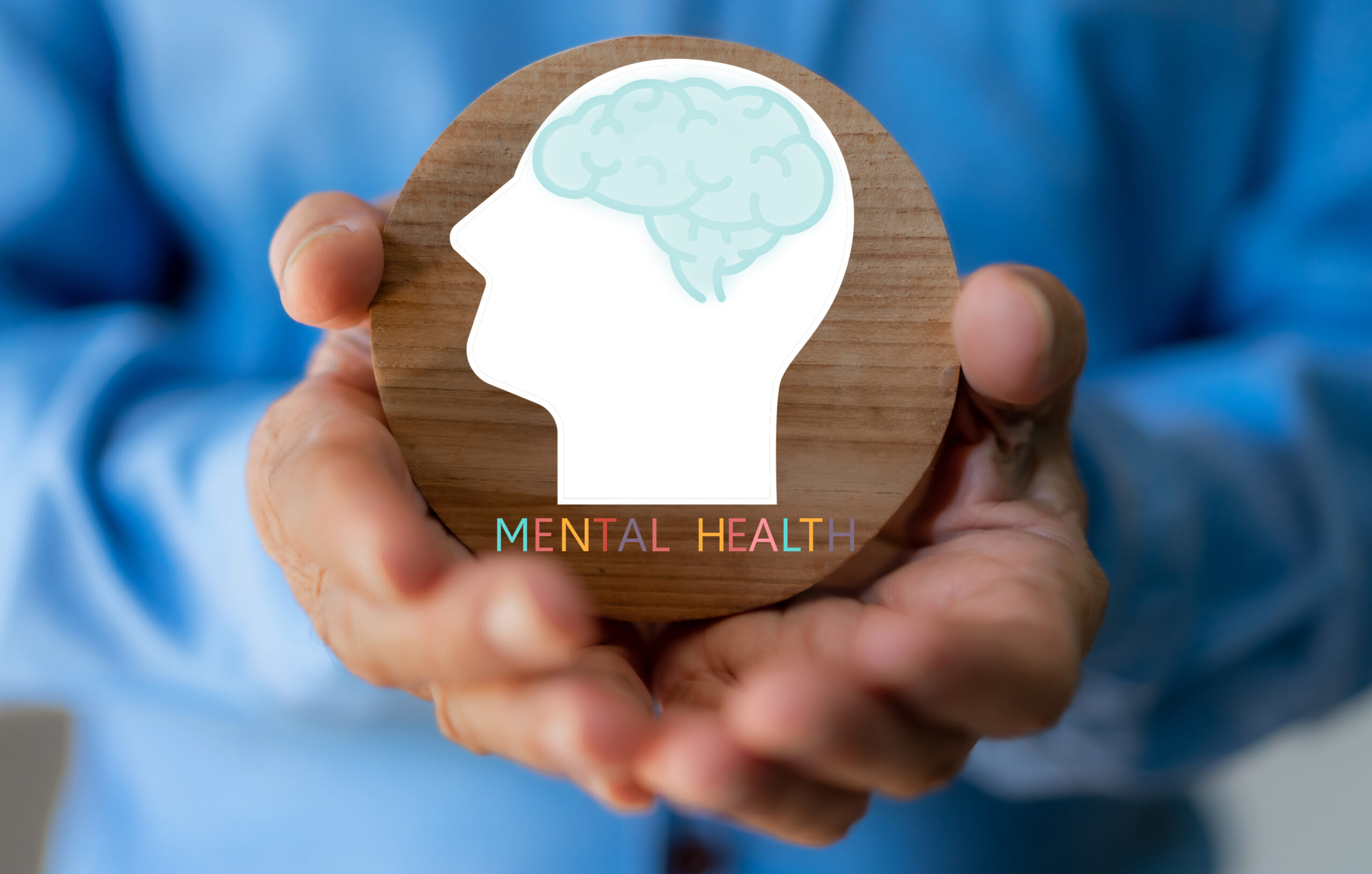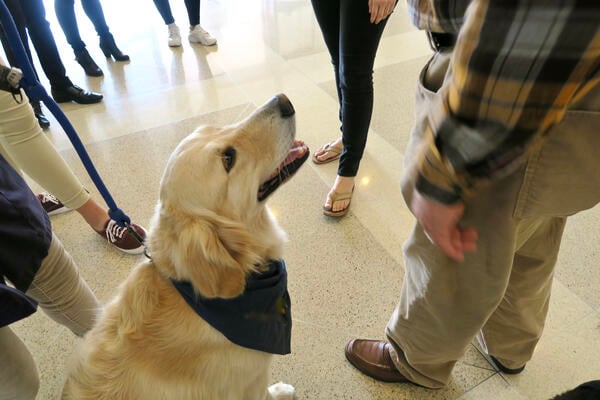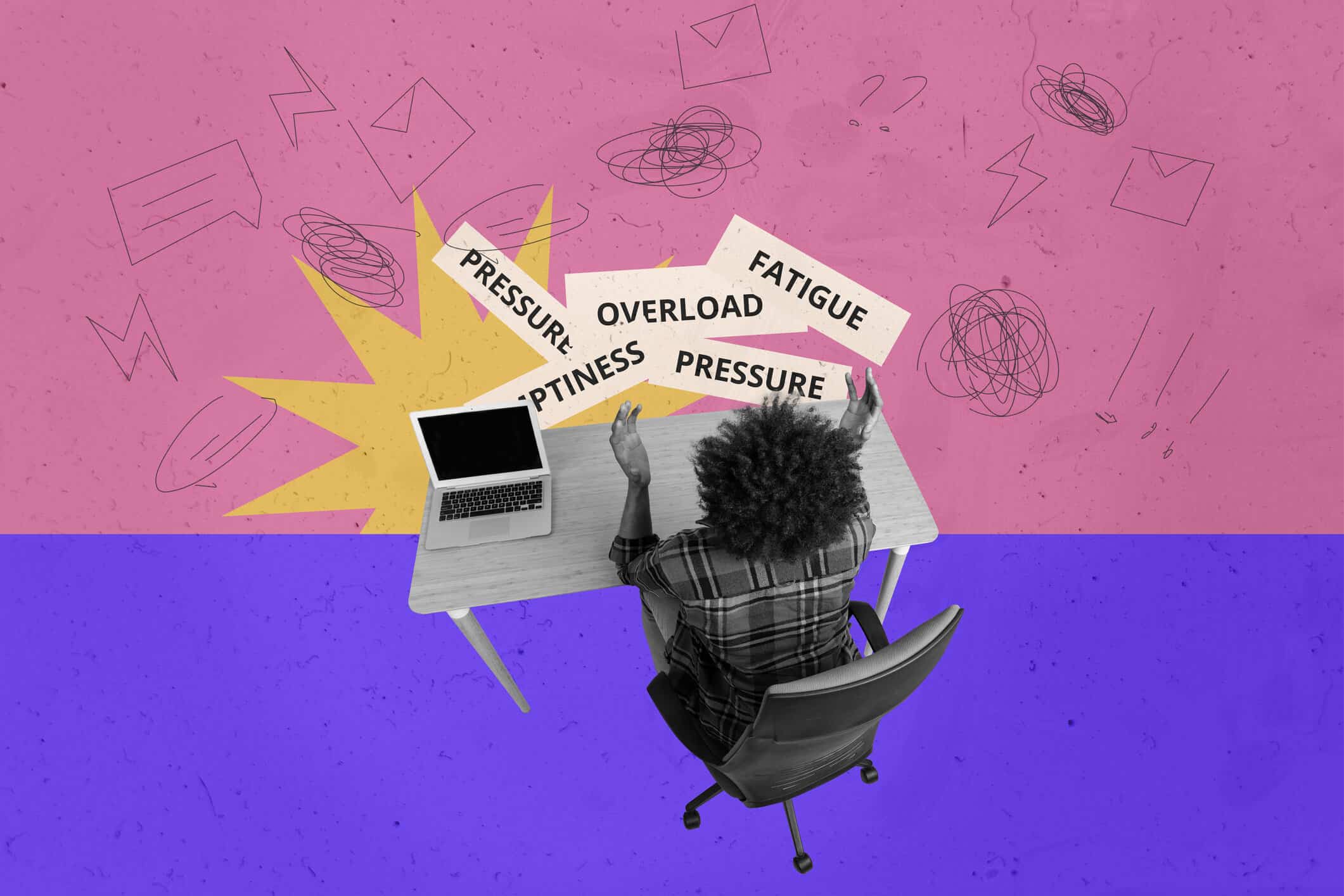This article first appeared in The Teaching Professor on November 4, 2024 © Magna Publications. All rights reserved. Learn more about The Teaching Professor here.
It happens every time. Months ahead of the event, I sign up to attend a teaching conference and essentially commit to spending three days (sometimes more with travel) away from home. Then the semester starts, and I get caught up in the whack-a-mole that is higher education—student emails, course preparation, reviews to do, committee work—all on top of the demands of human life. Going to a professional meeting seems to only add to the already strained cognitive load of life, especially given that it means a lot of catching up to do on my return. But then I go. Without fail, immersing myself in talks on teaching, surrounding myself with passionate teachers, and having the opportunity to discuss solutions to the challenges of the teaching life end up not just nurturing my teaching mind but giving me more energy. How do you get your energy and teaching rejuvenation?
Emotion researcher Lisa Feldman Barrett uses the concept of a body budget, which is useful to consider in the context of preventing teacher burnout. According to Barrett, our brains are always anticipating when our bodies need energy and often nonconsciously allocating resources to prepare us to deal with potential stressors or using energy to cope with ongoing challenges. I have kept the neuroscience out of it; a full read of the relevant research (see Barrett [2018] for a great overview) suggests it is sound. The important part is that we can build our body budget so that we can cope better with stress and experience fewer negative emotions.
Building a body budget in general is a good thing. With more in your reserves, you can cope with more challenges and anticipate and plan to avoid potential stressors; when you do face unexpected challenges, you will experience less distress and be more resilient. The main ways to build your body budget will be familiar—get physical activity, eat well, get enough sleep, do not abuse alcohol or alcoholic substances. But a few items jump out. Practicing mindfulness and doing yoga in particular are major contributors to building a body budget. My favorite? Reading fiction. Apparently, transporting yourself into a fictional story and immersing yourself in different worlds (fantasy and sci-fi, anyone?) can do wonders for coping. As if I needed more justification to buy books!
But what about building your Teaching Mind Budget (TMB)? Surveys of teachers show that most do not have enough resources for pedagogical development and the building of teaching skills. Only about 20 percent of college and university campuses have a center for teaching and learning (Wright, 2023). In one study of close to 1,000 introductory psychology instructors, only 10 percent reported getting release time for teacher development, while only 12 percent got promotion credit for professional development related to teaching (Richmond et al., 2021). On the upside, over half reported that their institutions provided in-house training (56 percent) or stipends for teaching related travel (55 percent), and two-thirds reported attending teaching conferences (64 percent).
The Richmond et al. (2021) survey also provided some key insights into how some faculty may be building their TMBs, with suggestions for us all. Close to three-quarters of respondents (72 percent) reported reading teaching journals to develop their pedagogical skills, with 60 percent making time to read teaching books and 66 percent reading teaching blogs. Again, it may seem difficult to build all these activities into an already busy life, but in the grand scheme of things, creating time to focus on what can make you a more effective and efficient teacher is time well spent. The devil is always in the details. Here are some possible activities to consider.
Let’s start with teaching conferences. Nearly every discipline either has a standalone conference on teaching or features sessions on teaching at the annual conference for the discipline. In psychology, the Society for the Teaching of Psychology puts on an annual conference of teaching. Yes, this is the one that for brief moments prior to the event I dread going to because of all the class emails and teaching activity that I would have to put aside. Getting into the habit of going is one of the best things you can do to build your TMB. Regardless of location, commit to going to one teaching conference per year and arrange to get funding to do it. Online conferences may be great if you’re financially strapped, but “attending” a virtual event while juggling the other routine demands on your time can make it difficult to really soak in all you are getting. Furthermore, you miss out on exchanges where perhaps the most pedagogical growth can take place—over meals and in the hallways outside the meeting rooms. A teaching conference is worth saving, requesting, and applying money for.
There are a few other habits you should try and build into your routine. Try and carve out some time every week (or every two weeks even) to read either a book or a journal article on teaching. I hope you reserve some time every month to read The Teaching Professor “cover to cover.” Subscribe to the Chronicle of Higher Education’s Thursday teaching newsletter. Both are wonderful ways to immerse yourself in elements of your craft of teaching.
There is one more pragmatic way to build your TMB that capitalizes on the rich research literature on the benefits of community and social support. While annual conferences and regular electronic communiques with teaching friends about the country can be helpful, try and set up regular meetings with someone on your campus. If there are fellow teaching enthusiasts in your department, that’s great, but sitting down with someone outside your department is often even better. I have coffee every two weeks or so with a statistician friend from the business school who cares a lot about teaching. Almost every time we meet, we chance upon some neat teaching strategy or idea, and I leave every meeting with things I want to try or think more about.
So yes, the academic year can be full of challenges, especially if you are teaching multiple classes. Paradoxically, building in more teaching-related activities that are distinct from the core parts of our teaching lives (grading, course preparation) can actually serve to reduce our stress. Find your own ways to build in TMB activities. Your mental health will thank you.
Regan A. R. Gurung, PhD, is professor of psychological science at Oregon State University. His latest books are Study Like a Champ and Thriving in Academia. Follow him on X @ReganARGurung.










